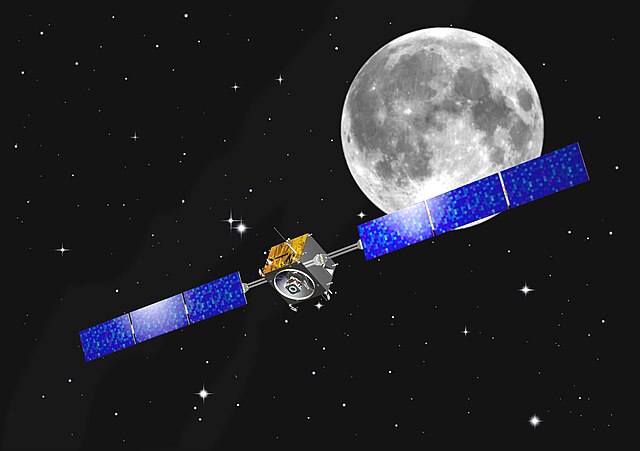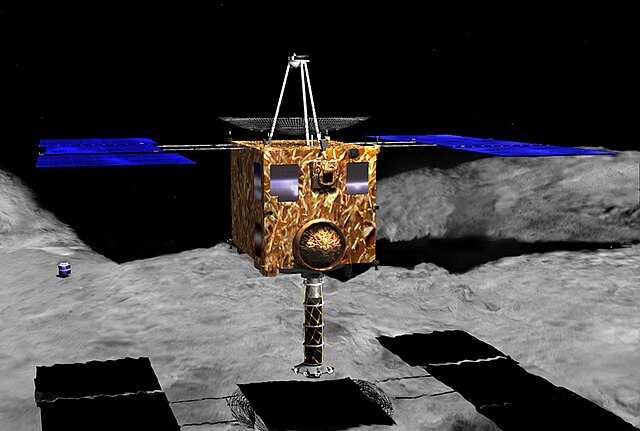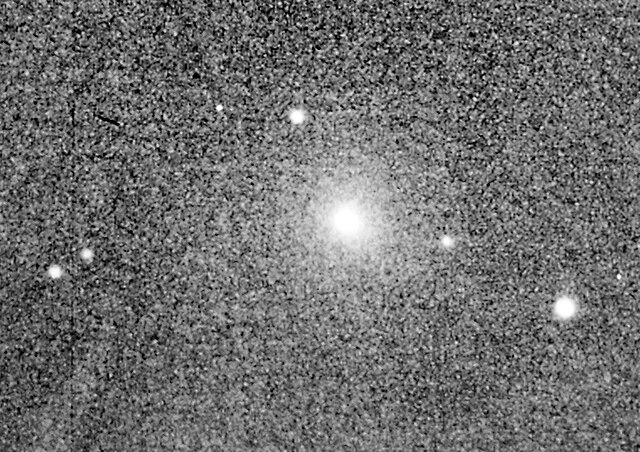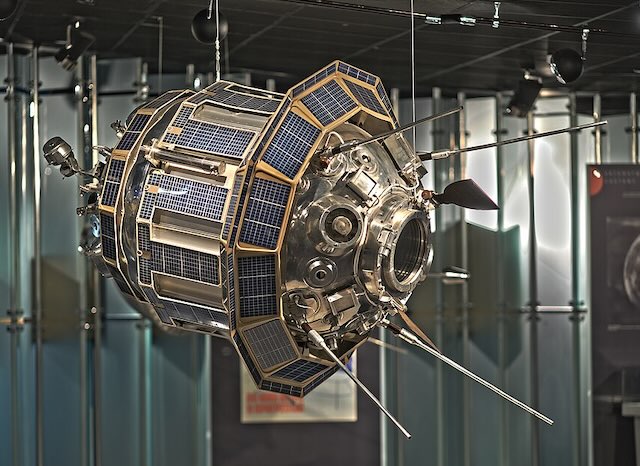1 day / second
0.5 AU
SMART-1
Spacecraft
A European spacecraft that orbited the Moon from 2004-2006, using an innovative ion engine for propulsion and testing new technologies while studying lunar composition and searching for evidence of water ice.
Key Facts
organization | ESA |
orbital regime | Inner System |
learn more | Wikipedia |
launched | 2003-09-27 |
defunct | 2006-09-03 |
launch mass | 367 kg |
power | 1,850 watts |
Mission Timeline
Launched
September 27, 2003 at 23:14 UTC
Luna (The Moon)
Orbiter
SMART-1 orbited the Moon from November 2004 to September 2006, using an innovative ion engine for propulsion and conducting comprehensive mapping of lunar composition and surface features before deliberately impacting the lunar surface.
Defunct
September 3, 2006 at 05:42 UTC
SMART-1 concluded its three-year lunar mission with a planned high-velocity impact into the Moon's Lake of Excellence region, creating a flash visible from Earth-based telescopes.












